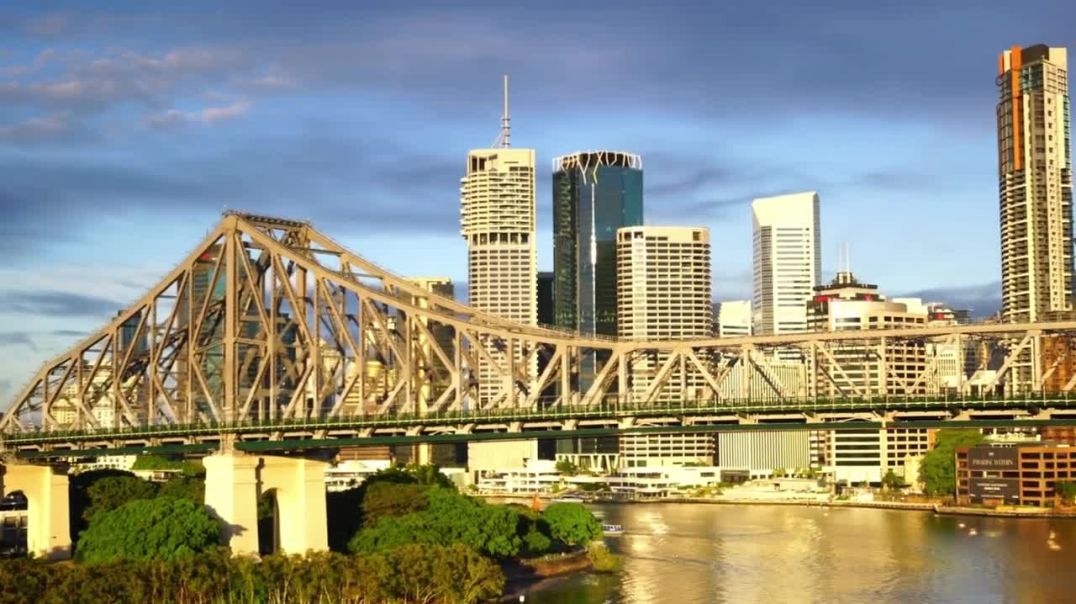5 Views· 22 September 2022
10 Things You Didn’t Know About 2011 JAPANESE EARTHQUAKE & TSUNAMI (Tohoku Disaster)
Advertisement
Our merch: https://standard.tv/kentobento
Our patreon: https://patreon.com/kentobento
Nebula: https://nebula.app/kentobento
Twitter: https://twitter.com/kentobentoYT
Business Inquiries: kentobento@standard.tv
Other videos:
How Would You Escape North Korea? (The 7 Choices): https://youtu.be/6A0ZOkMDLw0
10 Things You Didn’t Know About FUKUSHIMA NUCLEAR DISASTER: https://youtu.be/HpOG4WFKBZQ
-----------------------
10 THINGS YOU DIDN'T KNOW ABOUT THE 2011 JAPANESE TSUNAMI & TOHOKU EARTHQUAKE
(TOHOKU DISASTER) 東北地方太平洋沖地震 (March 11th)
The most powerful earthquake ever recorded to have hit Japan. A 9.0 magnitude. This of course triggered a massive tsunami that wrecked the north eastern coastline.
Japan was simply not as prepared as they thought they were for such a disaster. If that wasn’t bad enough, there was a Level 7 nuclear emergency at the Fukushima Daiichi Nuclear Power Plant comparable to Chernobyl.
1) Every 800 to 1100 Years
From analysing the Holocene sequence in the Sendai area, it’s known that sometime between 1000 BC and 500 BC, a massive tsunami-generating earthquake hit the area.
Then in 1 AD, it hit again.
Over 800 years later, The Sanriku Earthquake and Tsunami of 869, devastated the same area in and around Sendai.
That’s 3 events of similar type and magnitude in the same region all in the last 3000 years. This indicates a recurrence interval of 800 to 1100 years. We were due another one...
2) Antarctic Ice
Seismic waves increased the flow of the Whillans Ice Stream in Antarctica, which is essentially a moving ice river. Sea waves, having traveled 13,000 km broke icebergs the size of Manhattan off the Sulzberger Ice Shelf.
3) Planetary Changes
The Earth’s axis shifted by 10 to 25 cm, which changed the tilt of the planet and the length of a day-. That’s right; the redistribution of Earth’s mass shortened our day by almost two microseconds.
4) Costliest Natural Disaster
The 2004 Indian Ocean earthquake and tsunami, $15 billion
The 9/11 Terrorist Attacks, $20.7 billion
Hurricane Katrina in 2005, $45 billion
The 2008 Sichuan Earthquake in China, $148 billion
The 2011 Tohoku Earthquake and Tsunami in Japan? Over $300 billion
5) Gaman
In Japan, immediately following the earthquake, there was a notable lack of disorder.
People remained calm despite having every right to freak out. They formed orderly lines outside supermarkets even though they were desperate for food. This act of civility is due to what the Japanese call, Gaman.
Gaman means to do one’s best in times of distress, to maintain self control and discipline. There is a national desire to see civility prevail, no matter the circumstances, even when one catastrophe piles onto another.
6) Yakuza Crime Syndicate
Members of the Yakuza, Japan’s organised crime syndicate, helped enforce order on the streets.
7) North Korean Assist
North Korea donated a $100,000 US to the Japanese Red Cross Society, and the late former leader Kim Jong-Il himself sent half a million dollars to Korean residents in Japan caught up in the disaster.
8) Celebrity Aid
All around the world, many celebrities privately donated to the relief effort, including Hikaru Utada, Gackt, AKB48, Girls’ Generation, Jackie Chan, Clint Eastwood, Sandra Bullock, Gwen Stefani, Shakira, Black Eyed Peas, My Chemical Romance, and Lady Gaga.
9) Ghost Passengers
Police have received hundreds of reports from people who have apparently seen ghosts in tsunami-devastated towns. Taxi drivers in particular have reported picking up ghost passengers.
10) Vindicated Mayor
Wamura became the mayor of Fudai, and in 1972, he started construction on a 15.5 meter floodgate. The total cost was 3.56 billion yen. Many residents as well as the village council felt a floodgate of that size was unnecessary. It was reckless spending from a foolish mayor.
The Tohoku tsunami destroying towns along the north eastern coast. Fudai, however, was spared. Wamura’s floodgate had prevented much of the water from coming in. He had saved the town that had doubted him.
Today, Kotaku Wamura is remembered as a hero, the saviour of Fudai.
-----------------------
ABOUT
We do videos on interesting 'Asiany' topics - Asian stereotypes, Asian pop culture, Asian issues, Asian history, AMWF, and things you just didn't know about Asia! At the moment there is particular emphasis on Japan, China and Korea, but in the future we would like to focus on other Asian countries as well.
Up next
Advertisement





![[蛋糕]日式輕乳酪蛋糕|梳乎厘芝士蛋糕|日式芝士蛋糕|舒芙蕾起司蛋糕|Japanese Souffle Cheesecake Recipe|Fluffy Japanese Cheesecake](https://i.ytimg.com/vi/eenxdSEdK1E/maxresdefault.jpg)















0 Comments